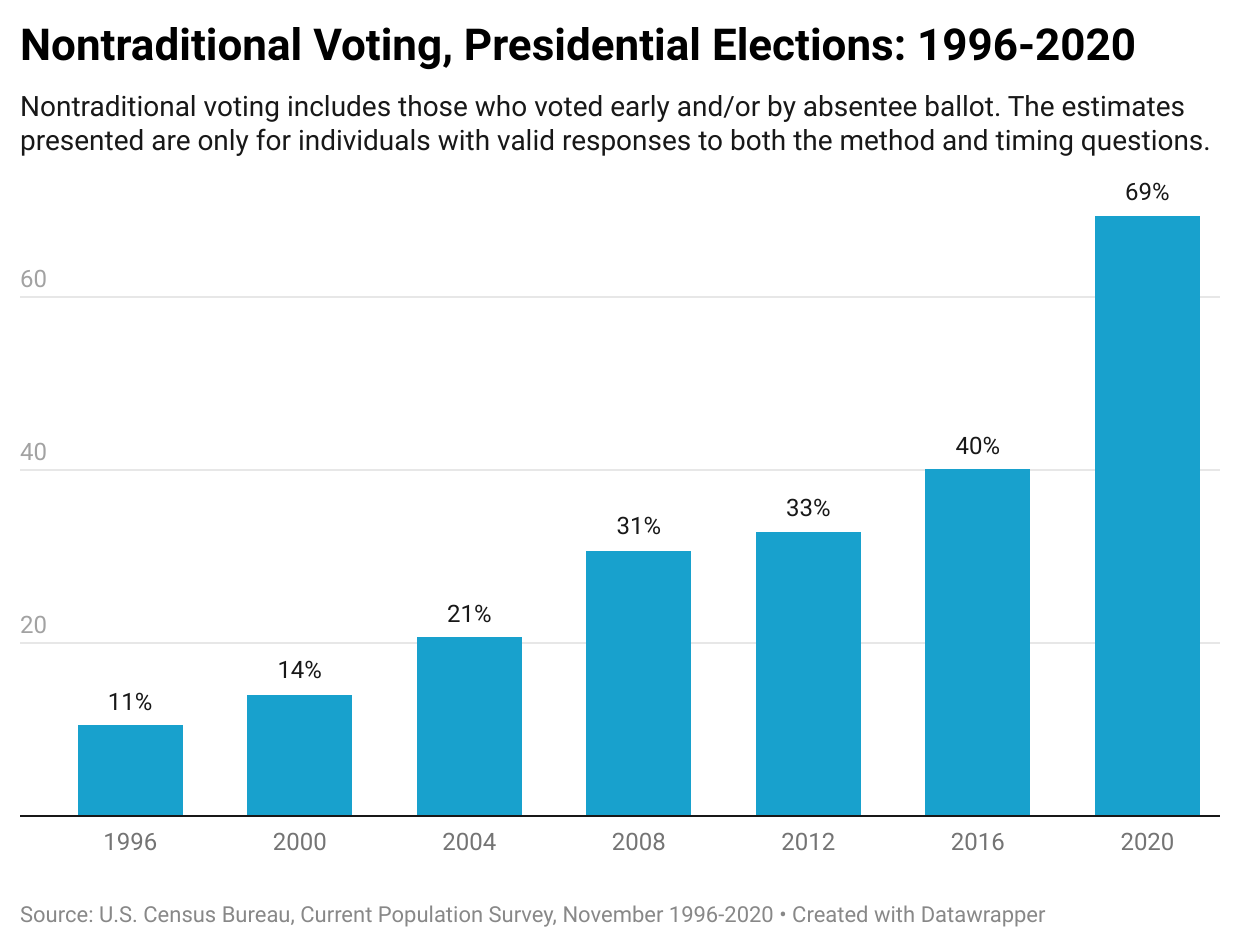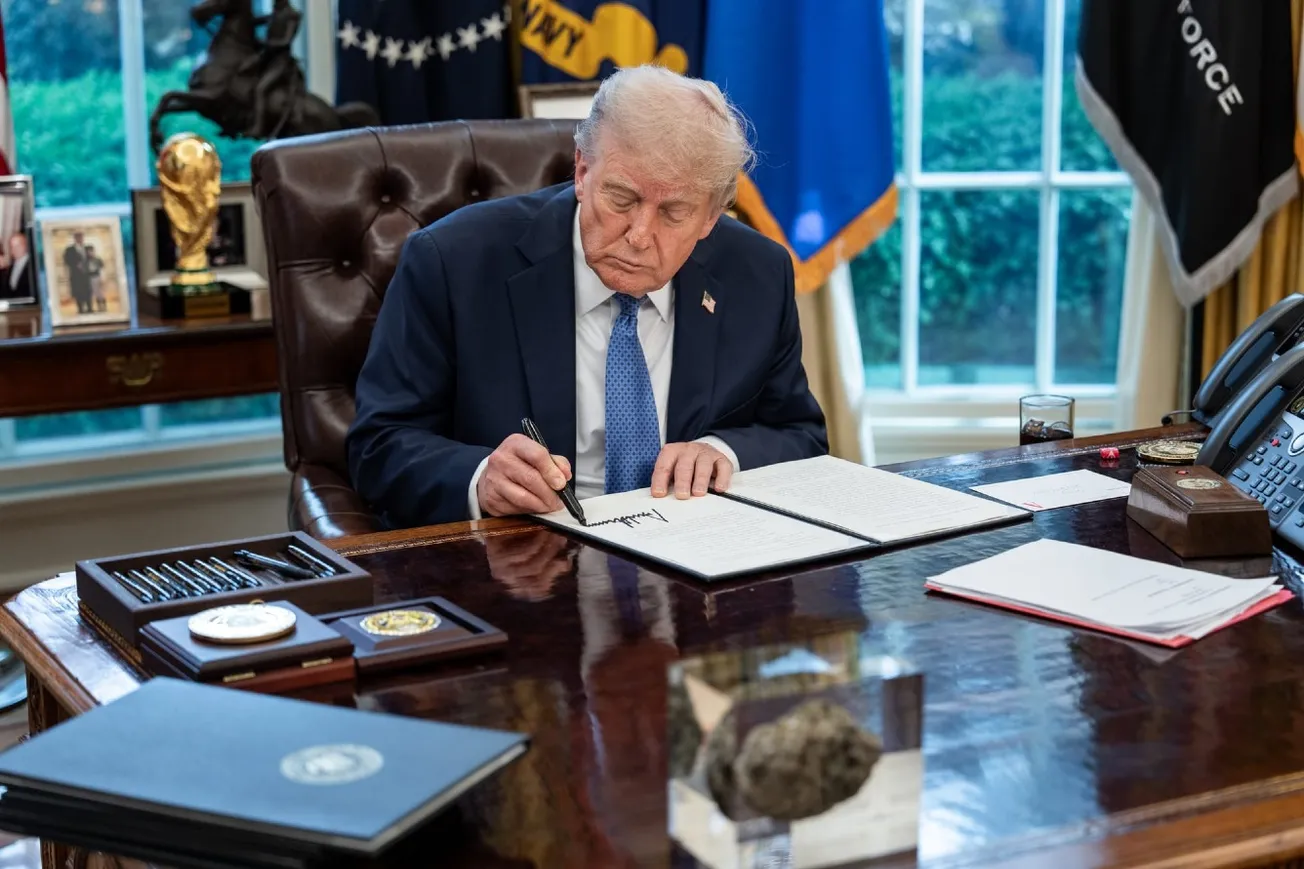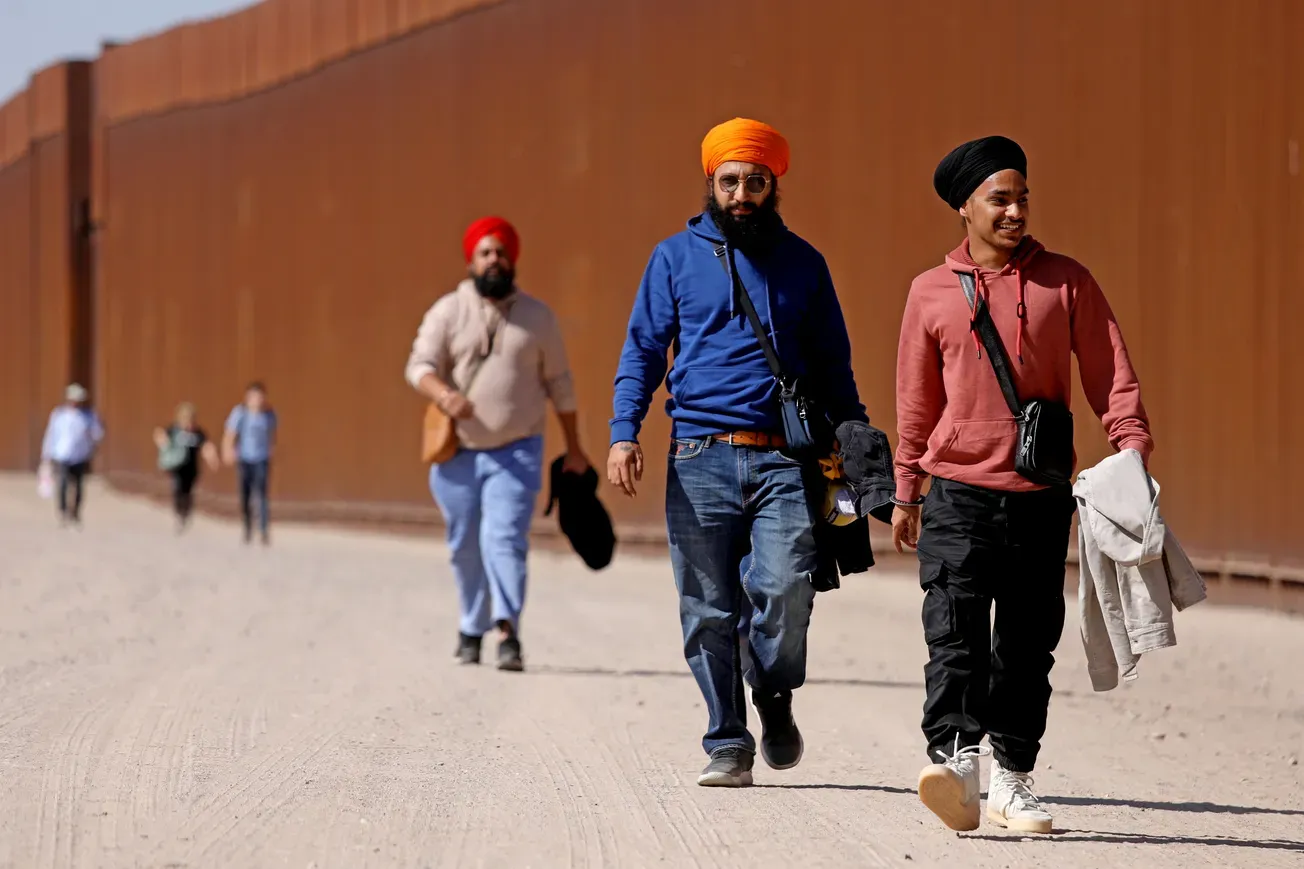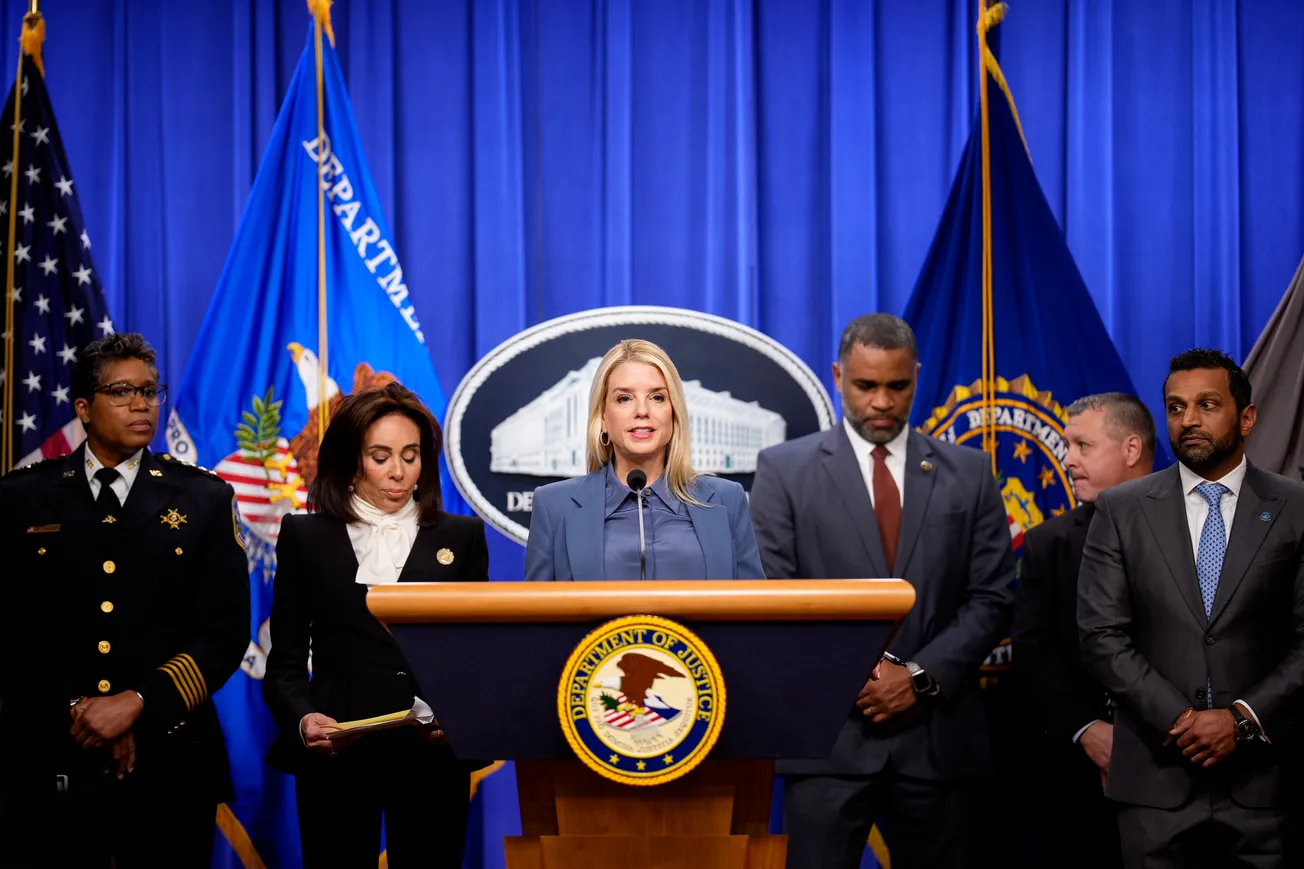The Pennsylvania Supreme Court ruled Friday that mail ballots that are undated or improperly dated won't be counted in November. The 4-3 decision overturned a lower court's recent order, which had said that the two most populous counties around Philadelphia did not have to validate that mail-in ballots had proper dates on the outer envelope.
The Supreme Court's decision is significant in improving the integrity of elections. The ruling demands that voters who mail in ballots be responsible enough to date the outer envelope with the month and date, a requirement so minimal that it is hardly a burden on the voter. Pennsylvania envelopes already have the year—such as 2024—preprinted on them.
The gold standard of mail-in balloting should be that the security measures at least parallel those for in-person voting.
In-person voting. When someone goes to their voting precinct in person, no matter where they vote in the United States, they can expect something close to what happens below. Let's consider a fictional female voter, Mrs. Robinson.
A poll official will likely greet her at the door and direct her to an official behind the first of several desks. Mrs. Robinson hands out her driver's license or some other form of voter ID. States have made it so easy these days that one doesn't have to present a voter registration card or any other documentation.
Scanning the license, the official asks, "Is this your current address?" This simple question ensures that Mrs. Robinson hasn't moved to another county or state.
She nods. The official looks at Mrs. Robinson for a microsecond and flips a tablet screen mounted on a swivel toward the voter, pointing to an electronic stylus pen. Mrs. Robinson signs her name, and the official swings the tablet back to confirm that the signature matches the one on the driver's license. The signature verification step is crucial to authenticate the voter.
The official hands back her license along with a small numbered receipt from a thermal printer, which serves as proof that Mrs. Robinson is about to cast her vote.
At the next station, another official asks Mrs. Robinson to pick a ballot sheet and hands her a five-digit code, directing her to a row of machines. When Mrs. Robinson finds a machine, she inserts the ballot into it. When the thick paper does not appear to catch on to the guides, a screen helpfully assures her that this is normal.
Mrs. Robinson keys in her five-digit code (another validation step) and votes. When she is done, she is warned that the ballot sheet will print and the action is irreversible. Mrs. Robinson confirms her selections by asking the machine to cast her vote, and the ballot prints out, emitting the familiar hum.
Another official then directs Mrs. Robinson to another machine, where she inserts her printed ballot. This machine serves as a backup and is set up independently of the earlier voting machine. If the primary machines are either compromised or defective, the backup will carry the recorded vote on another system. During vote recounts or audits, the backup machine's data will serve as a critical arbiter to help election officials certify the winner.
Voting by mail. All states attempt to replicate the above process to some degree for voters who cast their ballot by mail. In Pennsylvania, which passed a law in 2019 to enable universal mail-in ballots- meaning every voter can vote by mail- measures to replicate in-person voting procedures are even more critical to ensure the integrity of the process.
States require voters to fill out a state identification number or the last four digits of a social security number on the mail-in ballot. This number must match the information in a state's voter record. It is the most elemental step to ensure that only citizens vote in elections, but it falls far short of showing your voter ID in person. Nothing prevents another family member from filling out an elderly relative's ballot.
So, the mail-in ballot form requires that the voter sign the ballot (similar to signing with an electronic stylus), which is the closest thing to validating that the ballot is indeed the choice of the designated voter. The voter inserts the ballot in the postage-paid envelope and dates the front of the envelope before dropping it in a mailbox.

Voting rights groups believe that printing the date on the envelope is an extraordinary burden on a voter, so ballots with undated or misprinted dates should still be counted. The Pennsylvania Supreme Court did not rule on the merits of the case but said that the lower court did not have jurisdiction when it ruled that undated ballots must also be counted. The 4-3 decision means that undated or misprinted ballots will be rejected unless there is new litigation, dealing a blow to people with malicious intent to cheat.
Most people do not believe that requiring minimum identification information, a signature, and a date on a ballot is discriminatory. It is the minimum that a voter must do for the privilege of casting a vote in America. Still, states have elaborate procedures for correcting mail-in ballots that contain errors. If a state receives a defective ballot, it must be sent back to the voter to have them fix it. If there's not enough time, officials must notify the voter by phone or email, a process called curation. Voters can then correct the error by visiting an elections office in person or using the state's online ballot tracker to verify the missing information.
According to Votebeat, more than 4,400 mail ballots were rejected in Pennsylvania's most recent primary due to issues with the date. In 2000, Bush 43 won Florida and the White House by 537 votes. With the Harris-Trump contest so close, the PA Supreme Court's decision could well decide the Commonwealth's 19 electoral votes.









